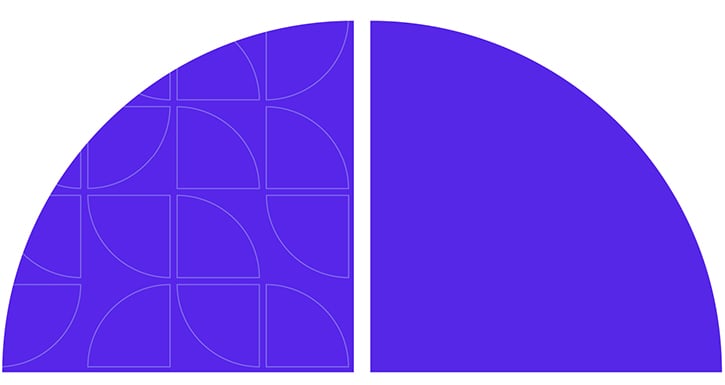Tariffs: A New Normal
President Trump announced specific details on the administration’s intended trade policy, including a baseline tariff as well as reciprocal tariffs on specific countries. Uncertainty lies ahead as global markets digest the prospects.

Key takeaways
- President Trump today announced a baseline tariff rate for all countries, effective April 5, and reciprocal tariffs for a range of countries, starting April 9.
- As global markets digest the announcement, we expect uncertainty will linger on in markets and for businesses.
- This situation presents both opportunities and risks for investors.
President Trump and his administration have been clear from the start that their policy agenda will be shaped around the core principles of promoting domestic industry, achieving reciprocity on trade, and reducing trade deficits. A key tenet in the success of delivering on these principles, and in so doing, increasing the share of manufacturing employment in the U.S., is weakening the trade-weighted U.S. dollar. Until now, very few details on how to achieve these goals have been available. Today, President Trump provided some specific details on the administration’s intended trade policy.
Today’s announcement set a baseline tariff rate of 10% for all countries starting April 5. President Trump also announced specific reciprocal tariffs for a range of countries starting April 9, explaining that the reciprocal tariffs are approximately half of what each of the countries requires the U.S. to pay. (Mexico and Canada are exempt from this reform and will continue to face separate levies already in force.) President Trump stated that conditional factors, including non-monetary barriers such as currency manipulation, were also factored into the reciprocal tariffs. In terms of specific tax amounts, these are the average tariff rates announced for the U.S.’s three main trading partners: China—34%; the European Union—20%; and Japan—24%. The U.K. was least scathed of all countries, at 10%. Several exceptions also were announced, including the well-publicized 25% tariff on foreign automobiles.
Negotiation prospects seem scant at this point. We expect uncertainty will linger on in markets and for businesses. Meanwhile, as global markets digest the announcement, the effective tariff rates on imports are expected to revert to levels last seen in the 1940s—when the global economy was structurally very different.
The magnitude by which the global macro environment (growth and inflation) will evolve from here will be highly sensitive, with growth and inflation expectations in doubt worldwide—as could be expected when the world’s largest economy becomes increasingly protectionist. We’ve already seen progress toward the Federal Reserve’s inflation target stall in the first quarter of 2025, and the soft data thus far shows slowing U.S. economic growth. Business investment and spending also have weakened. We believe prices are unlikely to fall in the short term for the end consumer—and given the cost-of-labor differential, it’s debatable over the long term as well.
As we look ahead to the next three quarters of 2025, we believe uncertainty hasn’t yet peaked as the Trump administration continues its efforts to restructure the U.S.’s role in the global economy. It’s clear, however, that under the current scenario, both growth and inflation are likely at risk and the impact on asset markets is just beginning. This situation presents both opportunities and risks for investors.
ALL-04022025-90lj9qit





